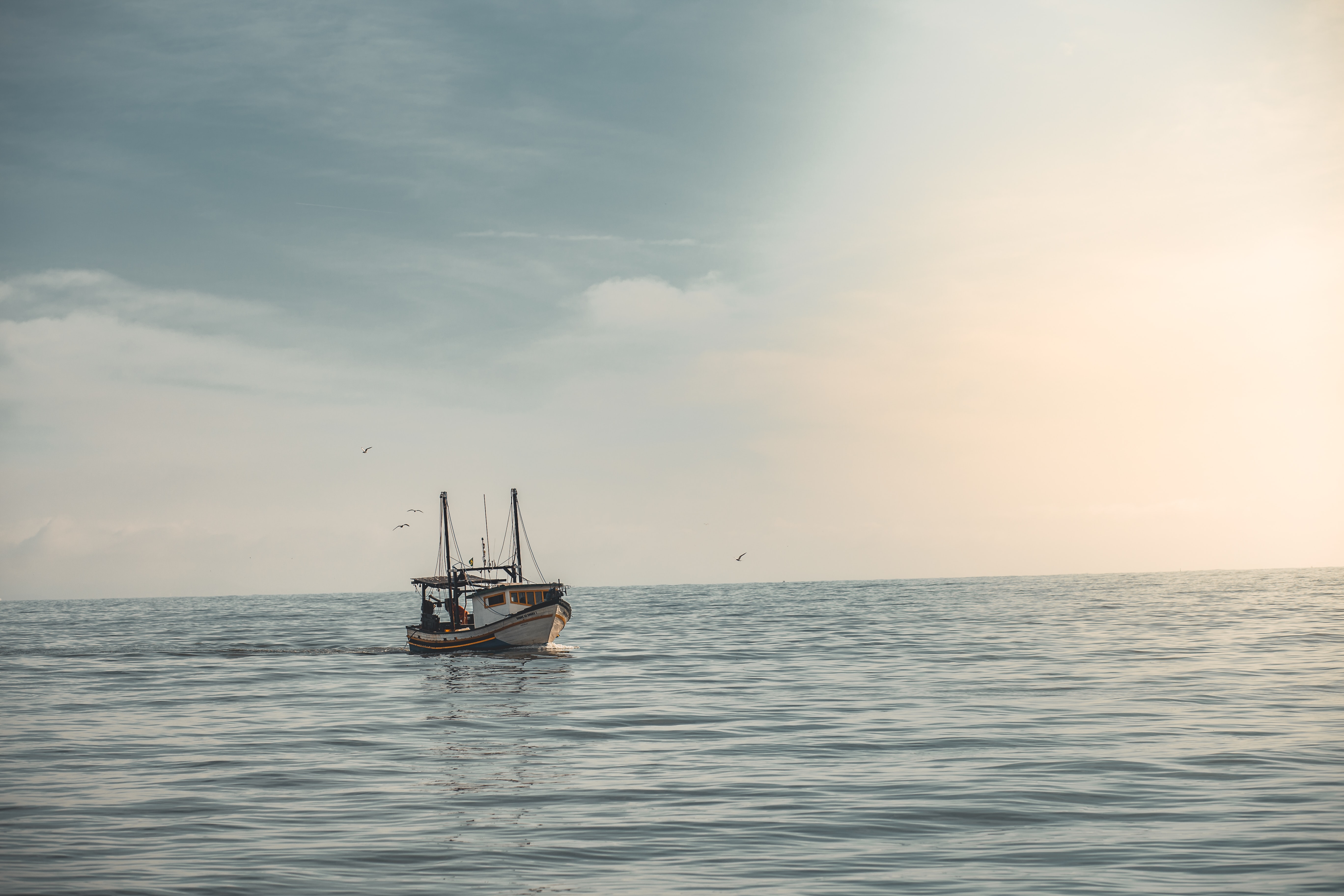About
Agriculture, forestry, and fishing are three of the main activities by which humans impact the environment. Advances in satellite-based observation have allowed high-resolution monitoring of forestry and agriculture, creating opportunities such as carbon management, agricultural forecasting, and biodiversity monitoring on a global scale. In contrast, we lack a precise understanding of the spatial and temporal footprint of fishing, limiting our ability to quantify the response of global fleets to changes in climate, policy, economics, and other drivers. Although fishing activities have been monitored for selected fleets using electronic vessel monitoring systems, logbooks, or onboard observers, these efforts have produced geographically limited and incohesive data. As a result, the global footprint of fishing activity, or “effort,” could be inferred only from disaggregated catch data.
Recent expansion of the automatic identification system (AIS) vessel tracking technology presents an opportunity to fill this gap and quantify the behavior of global fleets down to individual vessels. Although AIS was originally designed to help prevent ship collisions by broadcasting to nearby vessels a ship’s identity, position, speed, and turning angle every few seconds, these messages are also recorded by satellite- or land-based receivers. In our inaugural partnership with Global Fishing Watch, we used AIS data to directly map global fishing activity.
